Turbulence
Air Facts
OCTOBER 14, 2024
Turbulence Air Facts Journal Space is infinite in its complexity. From trolling our imagination into creating giant rockets that carry us, humans, into space, the final frontier. And tampering our mental reserves with turbulent mischief. Turbulence is unpredictable. Space is also infinite in its potential.


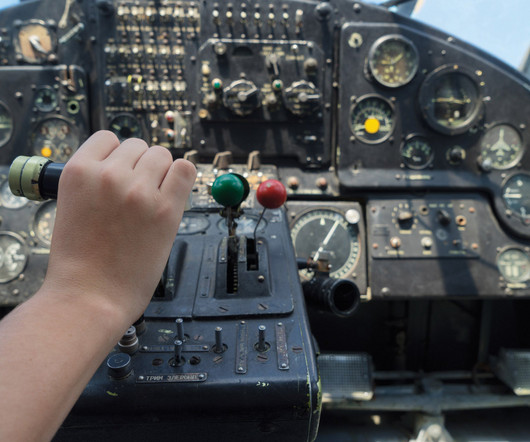




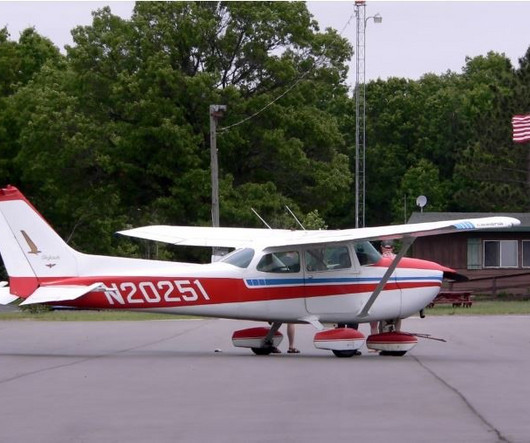


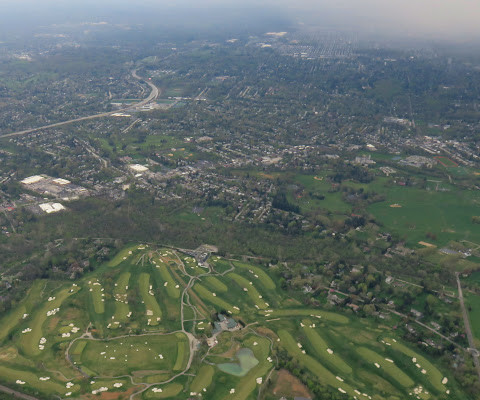
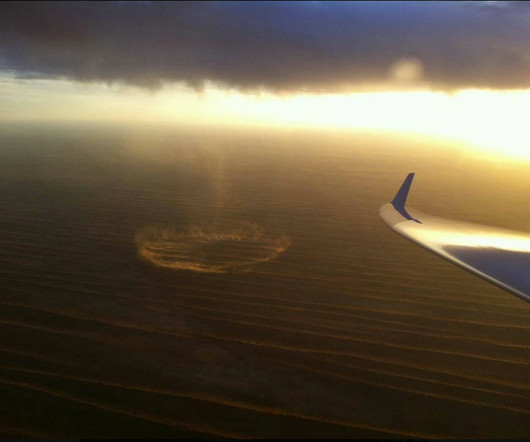
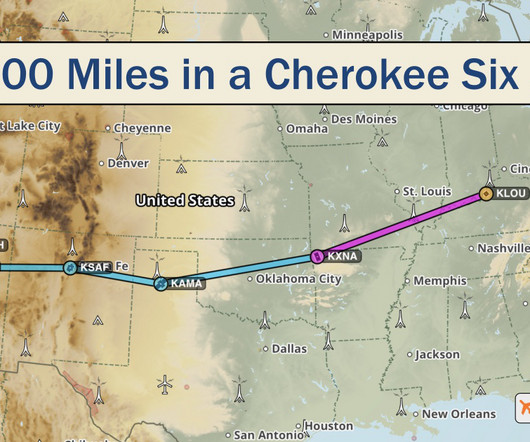

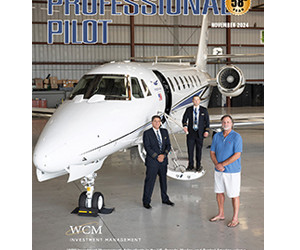
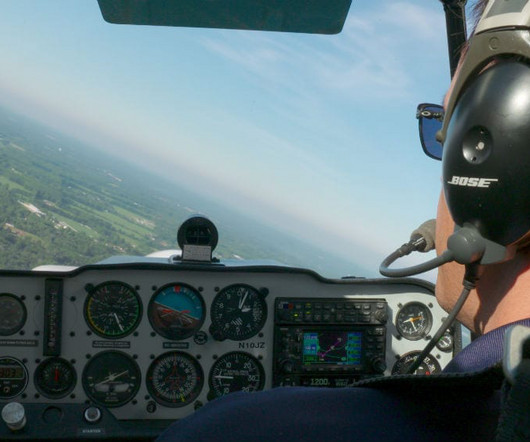







Let's personalize your content